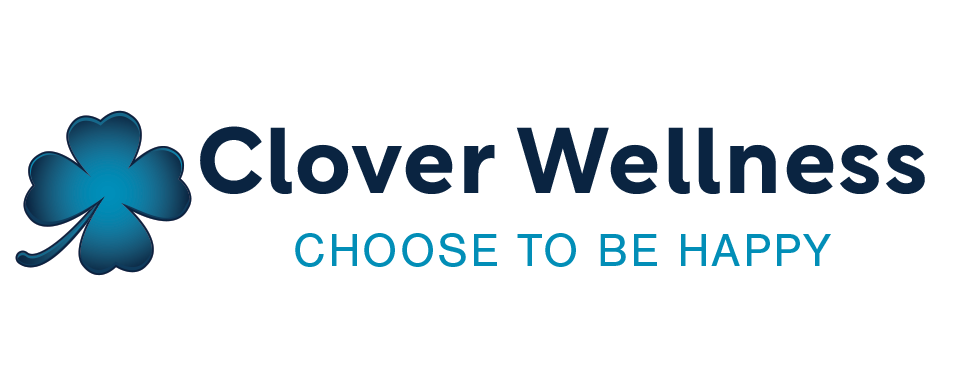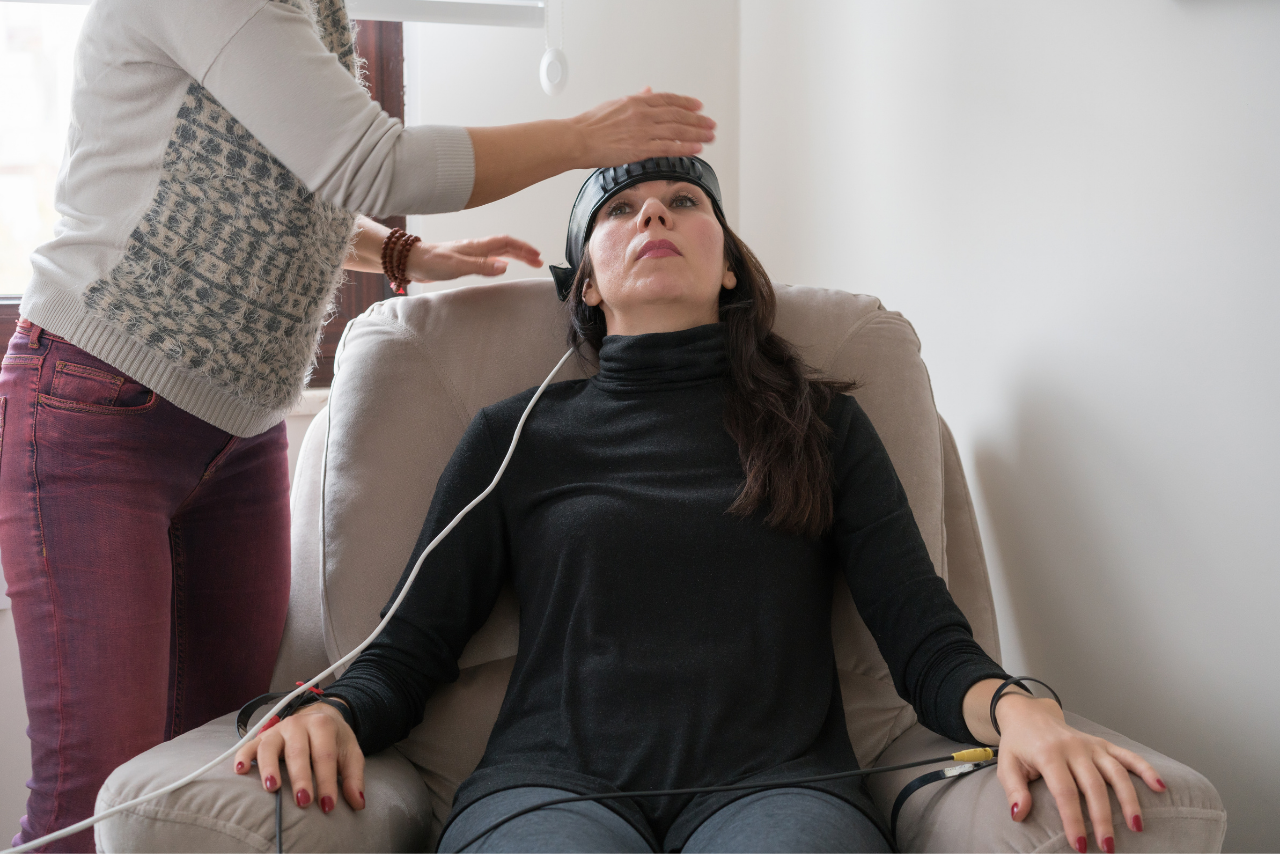Addiction is a neurodegenerative disease. Many call it the “brain type of addiction” acknowledged by the National Institute on Drug Abuse.
Alcohol and drug abuse typically start as an uninvolved response and a choice that, in time, can become a habit. In addition, the individual may lose the capacity to choose voluntarily because it is a response to the body’s physical dependency.
Some people think that addiction results from insanity or lack of self-control. However, this is a general claim made by those who don’t know the brain mechanisms that drive addiction.
The chronic use of drugs or alcohol causes mental changes, making it more difficult to use the addict’s drug of their choice. Unfortunately, most people with mental health problems, diseases, or illnesses turn to alcohol and drugs to help themselves. They believe it is helpful initially but later becomes a more serious issue.
The most effective treatment to sustain long-term sobriety comes down to necessary life-changing changes. Making positive and healthy changes will assist addicts in changing their negative habits. This can include:
- Participating in 90 meetings within 90 days in AA, NA, or CA. And then continue for the long haul.
- Finding a sponsor of the same gender who has been able to maintain long-term sobriety.
- Find an addiction professional who can provide methods to fight addiction and challenging behavior and establish a strategy.
- The addition of neurofeedback can fix the root of the brainwave structure that is not functioning properly to alleviate anxiety, cravings, and other psychological health issues that could lead to bad practices.
How Does Neurofeedback Work?
Neurofeedback uses EEG biofeedback to instruct the brain on how to regulate itself. EEG, or electroencephalography, is a monitoring method that records electrical activity in the brain. While neurofeedback is based on complicated procedures, the procedure utilized to gather brain activity is relatively easy. In reality, participating in a neurofeedback program could be as simple as playing games on a computer, watching a movie, or even listening to music.
When people engage in any of these exercises, electrodes on their scalps record their brainwaves. If an individual’s brain waves are in balance and balanced, it is the case that computers “reward ” those positive brainwaves by providing positive sound effects. If the brain’s waves are imbalanced, either too excessive or too low, the sound of music diminishes, and the game or film screen becomes dim. The brain, aware of both negative and positive feedback, tries to get positive feedback. This assists the brain in learning the ways to manage itself to remain balanced. In this way, it “learns” how to operate optimally, which aids in reversing some of the negative effects caused by the use of drugs. Utilizing the brain’s capacity to alter and adapt to new patterns, known as neuroplasticity, Neurofeedback can aid in rewiring the neural pathways that support addiction-related behaviors.
How Does Neurofeedback Help Treat Addiction?
The research shows that those who struggle with addiction issues often suffer from brainwaves that are not balanced. Neurofeedback is a method to treat addiction by balancing the brainwaves of these people.
When people abuse substances such as alcohol, the delta, gamma, and beta waves in their brains can become distorted. For example, long-term use of depressants, such as alcohol or benzodiazepines, will reduce gamma activity in the brain. This can lead to difficulties with memory, poor focus, problems with learning, and a higher likelihood of developing mental illnesses. In addition, excessive stimulants may increase beta brainwaves and make people hyper-adrenalinic, anxious, hyper-reactive, and hyper-impulsive. Neurofeedback can help individuals regulate their brain waves.
The computer software that records brain waves from individuals rewards individuals when their brains generate normal levels of alpha, gamma, and beta signals. If the levels of an individual are in the normal range, they begin playing well. If their brain’s level exceeds the norm, they fall behind in the competition. If they are trying to succeed, their brains create new neural pathways that work more efficiently, removing the need to self-medicate.
Neurofeedback is also used in the treatment of addiction through:
- Decreased Reactivity and Reactivity and. As people strive to receive “rewards” through neurofeedback exercises, they also learn to settle themselves. If they play “the sport,” there’s no option to immediately feel relief when they are greeted with negative feedback. It is more important for them to keep their heads level and think rationally. While doing this, they will receive positive feedback. This helps reduce impulse and reactivity, which, in turn, can aid individuals in avoiding relapse and impulsive behavior that can exacerbate addiction.
- Promoting Emotional Regulating. In neurofeedback sessions, people must control their thoughts, emotions, and breathing to remain within their normal brainwave range. When they play in their minds, they’ll consciously and subconsciously realize that a lack of emotional regulation can result in negative biofeedback that causes the game to end. When they control their thoughts, emotions, and breath, they’ll get positive feedback that helps them win the game. The more they apply this technique in the “game,” the more likely they’ll continue managing their emotions in everyday life. In the process, they’ll be able to manage how they feel in a healthy manner instead of resorting to alcohol or drugs to deal with emotional turmoil and difficult situations.
- Training the Brain to Relax. The beginning phases of recovery from addiction are often extremely uncomfortable. When people stop using the medications that their brains have become used to, they begin experiencing withdrawal symptoms. The symptoms, which vary from mild to serious, typically comprise insomnia, anxiety, and seizures. Neurofeedback is a method to relieve these symptoms by educating your brain on how to calm down. If the brain is too stimulated, the brain’s activity falls beyond the normal range. This triggers negative feedback that causes people to do exactly the opposite of their actions. To win the game, hyper-aroused people are prone to subconscious relaxation. Once people can calm themselves independently, they’ll be able to deal with insomnia and anxiety. Relaxation can help normalize the neural connections in the brain, reducing the chance of seizures.
Brain-Focused Addiction Treatment With Neurofeedback
At Clover Wellness Center, we pride ourselves on providing innovative treatments for mental health that focus on the brain. Addiction can wreak havoc on the brain; however, non-invasive treatments for brain health, such as neurofeedback, can help restore connections in the brain to help reverse the harm that addiction causes.
The harmful effects of mental health do not have to constantly threaten your brain. So let us assist you to overcome this by providing your brain with the attention, care, and training required to function at a high level. Contact us today for more information.




0 Comments